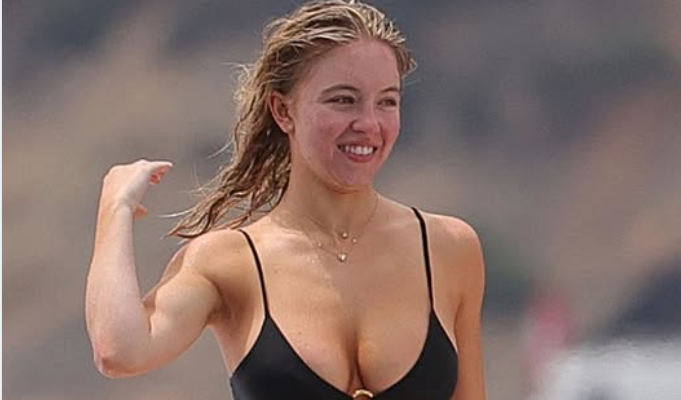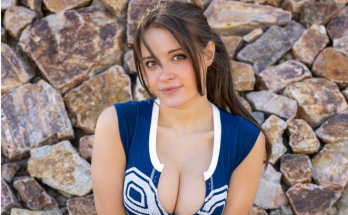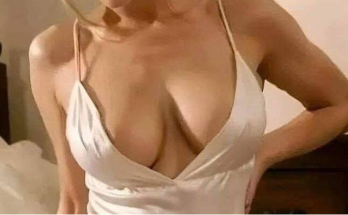Sydney Sweeney’s American Eagle Jeans Ad Sparks New Debate — Was It All Satire?
Earlier this year, Sydney Sweeney found herself at the center of a viral fashion controversy after starring in a campaign for American Eagle. The ad, which featured the Euphoria star modeling oversized, throwback-style jeans, quickly spread across social media — and not everyone was impressed. Some criticized the fit and styling, calling the look unflattering and confusing, while others applauded the campaign for embracing the bold, unapologetic aesthetic of early-2000s fashion.
Now, months later, the conversation around the campaign has taken an unexpected turn. Following the release of vacation photos showing Sweeney enjoying a glamorous trip abroad — dressed in sleek, high-fashion outfits — fans are reexamining the American Eagle ad with fresh eyes. A growing number of online voices are suggesting that the campaign may not have been entirely serious at all. Instead, they’re calling it satire — a tongue-in-cheek commentary on the absurdity of vintage denim ads and the cyclical nature of fashion trends.
:max_bytes(150000):strip_icc():focal(999x0:1001x2):format(webp)/americana-sweeney-81325-91bb4502f15b4f888ad229654976663d.jpg)
One viral tweet summed up the new theory perfectly: “Sydney Sweeney’s jeans ad makes way more sense if you think of it as performance art.” Another user wrote, “She was never trying to sell you jeans. She was making fun of the idea that fashion ever made sense in the 2000s.” The theory has since sparked memes, TikToks, and threads exploring everything from the lighting and poses in the ad to the specific cut of the jeans — all reinterpreted through this new lens.
To some, the idea that the campaign was satirical offers a satisfying explanation for why a major brand would style a rising Hollywood star in what appeared to be ill-fitting denim and oddly layered tops. At the time, the ad’s aesthetic was widely debated, with critics calling it a misstep for both Sweeney and American Eagle. But supporters pointed out that the campaign was clearly drawing on early-Y2K visual tropes — think low-rise waists, oversized silhouettes, and deliberately awkward poses — that have been making a comeback in Gen Z fashion circles.
The new wave of commentary argues that the campaign was intentionally over-the-top — designed to parody the very trends it was resurrecting. In this interpretation, Sweeney wasn’t just modeling jeans; she was in on the joke. Her recent vacation photos, which showcase her in elegant resort wear and high-end accessories, have only added fuel to this theory. Fans argue that the contrast between the polished vacation looks and the chaotic energy of the American Eagle campaign proves she was never trying to be “cool” in the ad — she was playing a character.
So far, neither Sydney Sweeney nor American Eagle has publicly addressed the growing “satire” discourse, leaving fans to speculate. But the ambiguity may be part of what’s made the campaign so sticky in the public imagination. In an era where irony and sincerity often blur together, it’s not always clear what’s earnest and what’s exaggerated for effect — especially in the world of fashion marketing.
Regardless of intent, the ad has clearly had a lasting impact. It’s rare for a denim campaign — especially one from a mainstream brand like American Eagle — to generate this level of cultural discussion. And it speaks to Sweeney’s evolving influence in pop culture that a single photoshoot could spark such intense debate months after its release.
Love it or hate it, one thing is undeniable: Sydney Sweeney has kept people talking. Whether it was satire, a misfire, or a masterclass in media manipulation, the American Eagle campaign has become more than just an ad — it’s a conversation piece. And in 2025, that might be the most valuable kind of marketing there is.



